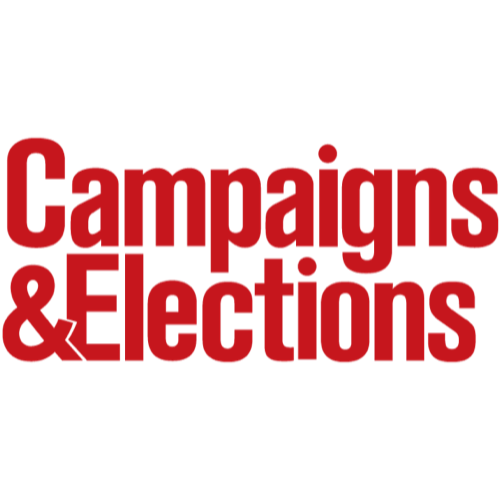Voting is Changing.

Voting is Changing. Are consultants keeping up?
By Adam Probolsky
Published December 6, 2018
Link to the article here.
In recent years, voters have expressed angst over a sense that their vote doesn’t count. To find better elected officials and combat voter angst, many communities have spurned the traditional voting system and embraced alternative voting methods.
The question is, are campaigns keeping up?
New voting methods require a new strategy to be gamed out before you can decide how to approach the voters. Let’s explore some of these voting systems.
Cumulative Voting
Cumulative voting is supposed to help strengthen the voting power of minority groups and increase opportunities for minority candidates. Voters can cast as many ballots as there are open seats. For example, if there are three open seats for city council, each voter can allocate three votes dividing them among multiple candidates or casting all three of their votes for one candidate. In 2020, cumulative voting will take place for the first time in Mission Viejo, Calif. The city’s sizable Latino community could cast all of their votes to help elect a Latino candidate to the city council, something that hasn’t happened since 2006.
Approval Voting
In the November 2018 General Election, 64 percent of voters in Fargo, N.D., voted to be the first city to adopt approval voting. Essentially voters are answering the question “Do you approve of this person for the job?” by selecting all the candidates they would approve of for the position. A voter can select as many candidates they think could do the job, and the candidate with the most cumulative votes is elected to the position. Some speculate this could lead to a more “consensus” vote with the middle ground candidate getting elected.
An example of approval voting in action includes three candidates running for mayor – two Democratic and one Republican. In the traditional voting scenario, the Republican might win because Democrats split the vote. But with approval voting, voters could give the thumbs up to both Democrats and the one with the most support could win.
Ranked-Choice Voting
Ranked-choice voting, sometimes called instant run-off voting, is probably the most well-known alternative voting mode, and has been operational in San Francisco Bay area cities since the early 2000s. With ranked-choice voting, voters choose a certain number of candidates and rank them according to preference.
If a majority isn’t reached after counting voters’ first-choices, the candidate with the fewest number of votes is eliminated from the contest. Those voters who voted for the eliminated candidate will then have their votes redistributed according to their second choice. Votes are recounted with this new distribution until a majority of votes for a candidate is reached.
Each of these alternative systems for conducting elections would seem to punish the most strident or abrasive candidates, and at some level encourages coordination, or at least civility, among campaigns. With these new voting systems, campaigns must appeal to a broader electorate, which also requires a nuanced approach to polling.
The research industry standard question: “If the election were held today, for whom would you vote?” may no longer work for a voting system where voters can choose more than one candidate in some form or another.
Most consultants and pollsters lack experience running races and conducting research in these new election environments. Promoting your candidate or slate of candidates and knocking your opponent is pretty standard for any election – until now. Expect that to change as new voting schemes proliferate beyond the limited enclaves they exist today.
Adam Probolsky is president of Probolsky Research, a California-based woman and Latina-owned non-partisan market and opinion research company.



